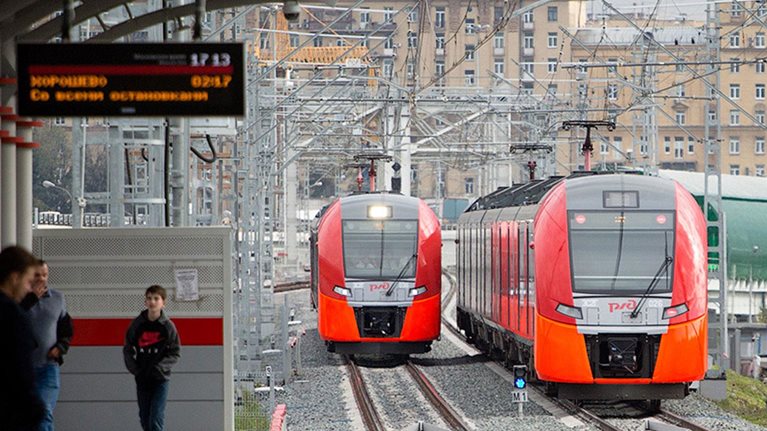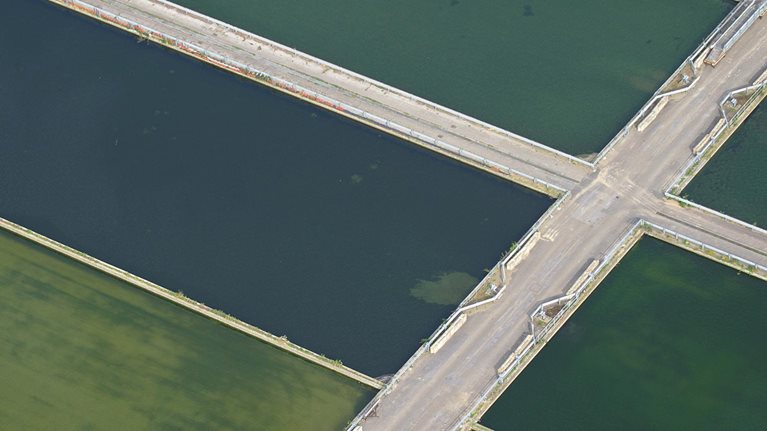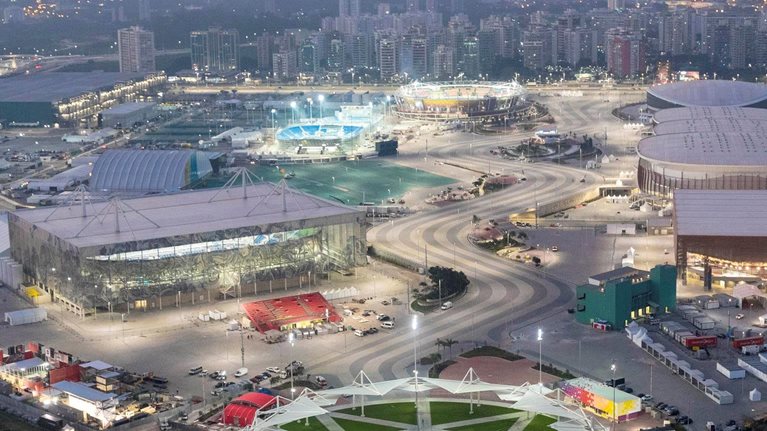Since launching modern Russia’s largest construction program in 2011, Moscow has more than doubled its territory. To catalyze the full potential of this rapidly-growing metropolitan area of 19.5 million people, the City of Moscow’s government pays significant attention to infrastructure as one of the key pillars of urban development—with a current focus on projects that create livable and comfortable urban spaces for both citizens and tourists.
Following its first five years of projects, Moscow was given special recognition for “demonstrating outstanding strategic commitment and ambition” by the International Association of Public Transport (UITP). That period saw 50 million square meters of real estate developed, 370 social infrastructure objects built, and the metro expanded by 30 percent—including 101 kilometers of metro lines and 55 new stations. Innovative finance solutions, necessitated by the city government’s debt-free approach to development, enabled all this whilst maintaining a budget surplus and remaining a net donor region within Russia.
On 30-31 May 2018, the City of Moscow and Mosinzhproekt—a large Russian engineering, construction and project management company—hosted an Innovation Site Visit to showcase Moscow’s major projects to the Global Infrastructure Initiative (GII) community. Through roundtable discussions and site visits with project executives, participants explored where innovation and technology have enabled the step-changes that have allowed Moscow to deliver major projects on a short timeline—and how to apply these lessons to other cities and major projects.
The following insights emerged during GII’s Innovation Site Visit in Moscow:
- Establish a structure for citizen involvement. Major urban infrastructure projects are an extremely visible expenditure of taxpayer funds while also often being large disruptors of daily life. A foundation of citizen support is essential for success and requires a thoughtful engagement program. In Moscow, citizens are encouraged to participate in the planning process by steering major initiatives through the “Active Citizen” application—a portal for online referendums on topics appropriate for democratic decision-making. To date, almost 2 million citizens have cast more than 90 million votes on over 3,000 issues through the platform. The purpose of this structure is to increase the opportunity for citizen engagement and involvement with their city’s major investments.
- Manage the disruption ‘cost’. Major urban projects cannot be delivered without disrupting daily life. While citizens can be enrolled to accept the disruption as a necessary investment for a better outcome, equal attention needs to be given to managing the disruption ‘cost’ as to managing real expenditures. For example, MyStreets, a project to upgrade and enhance Moscow’s urban environment through reconstruction of streets and building façades, was disruptive to many citizens and commuters. However, through staging and swift execution, the disruption was minimized and the intended lifestyle improvements were quickly delivered to Muscovites and tourists who traverse newly styled pedestrian streets every day.
- Invest in technology to optimize sequencing. Moscow’s cohesive vision for urban transformation has allowed early investments in technology to assist future delivery. One of the first projects completed was the centrally-controlled traffic management system which can monitor traffic conditions and urban movement through more than 2,000 traffic cameras and 160,000 CCTV cameras installed across the city. Data collected on current conditions, and knowledge of planned activities, allows real-time rerouting of traffic through the city’s dynamic signage. It also allowed identification and analysis of permanent traffic flow changes that could further ease disruptions like those created by the major construction projects.
- Maximize utility of brownfield sites. A key reason the Moscow Central Circle (MCC), a new light-rail system integrated into the Moscow Metro, was completed in a record four-year period was the repurposing of existing brownfield networks which allowed the installation of modern technology on existing rail transport routes. The MCC’s 31 new stations will revitalize formerly abandoned industrial areas when its next stage of development builds an expected 300,000+ square meters of hotels, 250,000+ square meters of retail, and 200,000+ square meters of offices. This will give districts with historically poor infrastructure access a chance to develop at the same pace as the rest of the city.
- Leverage PPPs to enhance basic services. To manage public cost and investment while delivering world-class infrastructure, municipalities need access to additional financing tools. Based on a structure that took an act of federal legislation, the MCC is an example of enhancing publicly developed foundations with private services. The tracks and land are owned by the Moscow Metro, with the rolling stock subcontracted to Russian Railways under a life cycle contract with a guaranteed buyback. The innovation is that Moscow Metro is licensing the development rights of its individual stations to private investors. Though all stations will exist under the same covenants, individual investors will assume their station’s construction cost and operational risk and rewards.
- Create citizen-centric spaces. In addition to serving as open spaces, today’s city residents expect their parks to provide for entertainment and consumer services too. Many modern parks offer architectural features, charismatic vistas, and social, educational, and artistic spaces for all ages. When Zaryadye Park, an area of prime real estate next to the Kremlin was converted to parkland, an international contest resulted in 10 hectares being densely designed for this multi-function purpose. The outcome was two concert venues, restaurants, a parking garage, an entertainment complex, and a biological education center, all neatly camouflaged into a natural landscape that represents Russia’s ecological diversity.
- Innovate where needed but not excessively. Moscow’s planners and builders did not shy away from technological innovation. The MCC used weldless joint rails to create a smoother and quieter system that is easier on riders and less disruptive to residents living near the railway tracks. The retrofit designs for Luzhniki Stadium were fully modeled in building information management (BIM)—a step which identified more than 100,000 conflict points before they could escalate into project delays. However, the project teams were also careful not to force innovation where it could create unnecessary risk and complications. Instead, they delivered the massive project portfolio by tactically melding innovations with highly-proficient execution of well-known and proven methods.


